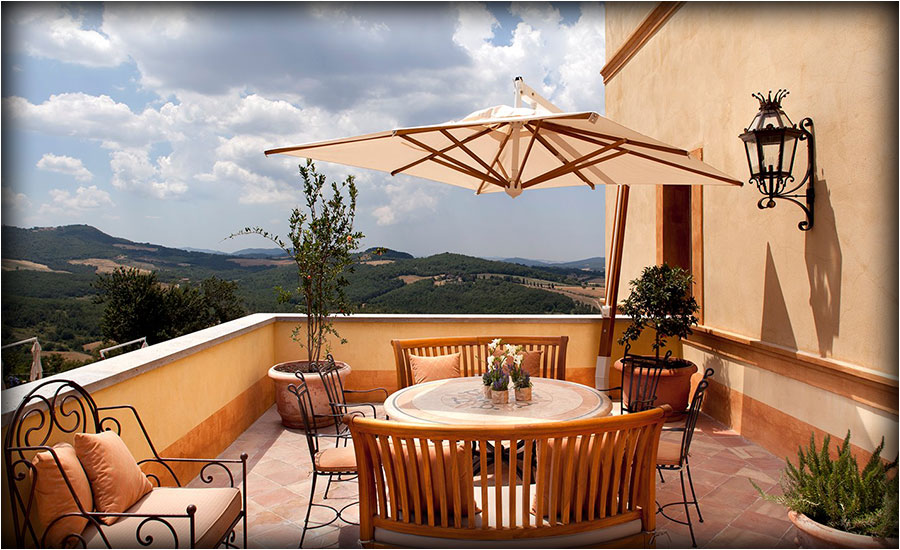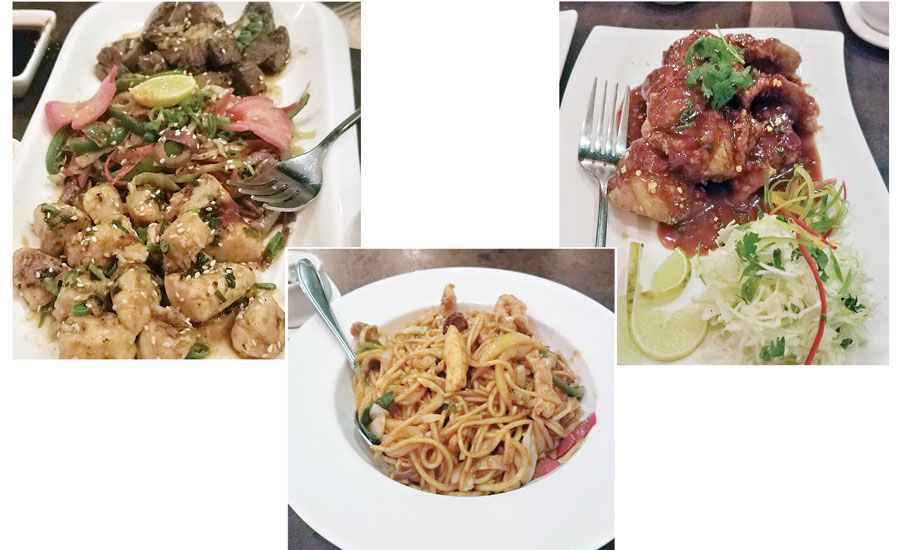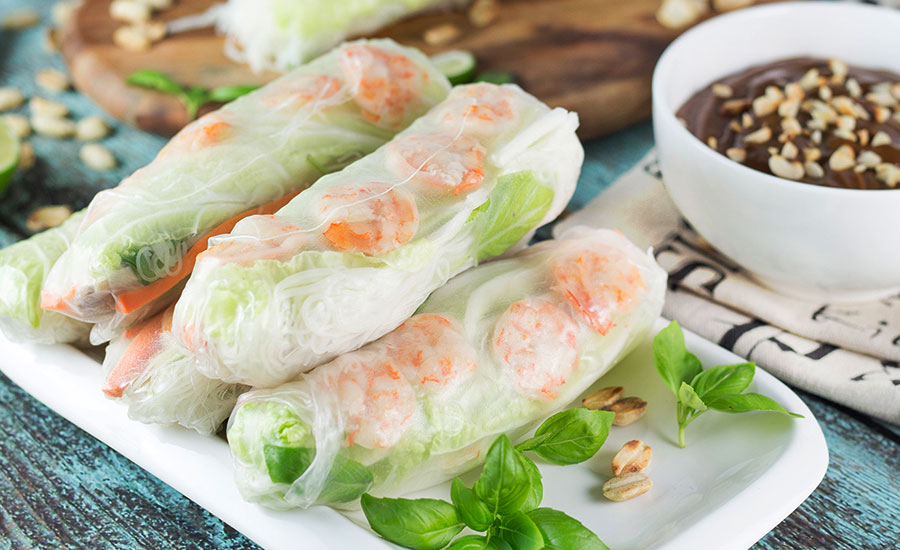Laugarvatn Fontana, Iceland
- 06 Apr - 12 Apr, 2024

Luxe Retreat
Castello di Casole is part of the Timbers Resorts; a few years ago, the castle and the cluster of buildings around it were converted into a hotel, while the old farmhouses scattered around the surrounding vineyards, olive groves and flower meadows have been restored as luxury villas. The owners have done a superb job: the 50-odd bedrooms retain their original beamed ceilings, terracotta floors and exposed stonework, while antique furniture is combined with sumptuous Italian fabrics and top-notch facilities. Ristorante Tosca – which spills into the central courtyard – hits the right note with outstanding regionally inspired dishes, homemade pastas, local meats and estate-produced olive oils. This is the Tuscany experience made comfortable for pampered international travellers. An indulgent spa with pools, inspired by ancient Roman thermae, in the castle’s former wine cellar completes the experience. Though high-end, it is a family-friendly place, having an informal all-day pizzeria with children’s menus and yummy gelato being served all day.

Table to book
The restaurant aims at re-inventing Pan Asian cuisine, and it succeeds to a considerable extent as far as the cuisine in Karachi is concerned. Bonsai Pan Asian Kitchen is located at Ittehad Commercial, Phase 6, DHA – a relatively secluded area that demands one to make an effort to reach all the way. But this also means that you get ample of privacy and a peaceful environment to enjoy your meal. Hardly six months old, the place welcomes its guests with elegant interiors that are comfortable and easy on the eyes. The server informs me that their chicken and beef teppanyaki are quite popular choices and so, I decided to order a mix platter of both the meats; stir-fried chicken fillet, and prime beef steak cooked in garlic butter and black pepper are tossed in a special house sauce that is light on the taste buds. Teppanyaki here is served with stir-fried vegetables and three dips. This dish is perfect for those who enjoy light food in terms of taste and ingredients. Szechuan Crispy Dry Beef Chilli is made from shredded undercut wok-fried crispy sesame beef in a spicy sauce, with green bell peppers, red onions, green onions and coriander. The beef is juicy, the sauce is delectable and the veggies provide a beautifully contrasting soft crunch against the crisp of the beef. Fish in Tamarind Chilli Sauce makes use of crispy red snapper fillet served in an in-house tangy tamarind chilli sauce with Thai red chilli and coriander. I was certainly expecting a sweet and sour dish because of tamarind being a key ingredient in it, but this had a surprisingly pleasant spicy kick to it. The fish is al dente and tastes great with sticky jasmine rice. I was also recommended the Szechuan Mix Chowmein which is definitely unlike anything you will have anywhere else; it is saucy and doesn’t taste anything like the typical chowmien dish, even though the common variety is quite enjoyable. This rendition is hot and just a bit spicy, as evident by its rich red colour and expected by whole red chillies in it. Aside from this, the egg noodles also have a healthy amount of wok-fried chicken, shrimp and crunchy veggies to offer. The strength of Bonsai is its balance of flavours and not relying on any one strong flavour in a given dish which is why the food here is inclusive and is more likely to be enjoyed by everyone. What’s more is that their serving size is great and they have a live sushi counter for those with a more adventurous palette. This is definitely one of the must-try new places in Karachi! – SK

What’s in the menu?
These Vietnamese spring rolls traditionally consist of prawn, vegetables, bún (rice vermicelli), and other ingredients wrapped in Vietnamese bánh tráng (commonly known as rice paper). Some people believe that Vietnamese summer rolls originate from China since they are similar in form to Chinese spring rolls, Chinese biscuit rolls, and Chinese-American egg rolls. Others believe it origins from Vietnam since the ingredients are different and they are served fresh while others are served fried. G•i cu•n are served at room temperature (or cooled) and are not deep fried or cooked on the outside. The bánh tráng is dipped in water, then laid flat on a plate and the desired amount of ingredients is placed on top. The fresh g•i cu•n is then rolled up and ready to be eaten. It can be served with hoisin sauce, peanut sauce or other Vietnamese dipping sauces, such as fish sauce, and the fillings can vary from meat to vegetables. One serving of g•i cu•n provides approximately 235 calories; 5g fat, 8g of protein, 40g of carbohydrates, 4mg of cholesterol and 724mg of sodium.
COMMENTS